5 Amazing Benefits of Microgreens & Its Types That You Can Grow Indoors
Microgreens are tiny but are extremely beneficial and nutritious than veggies. They are a great addition to the diet.
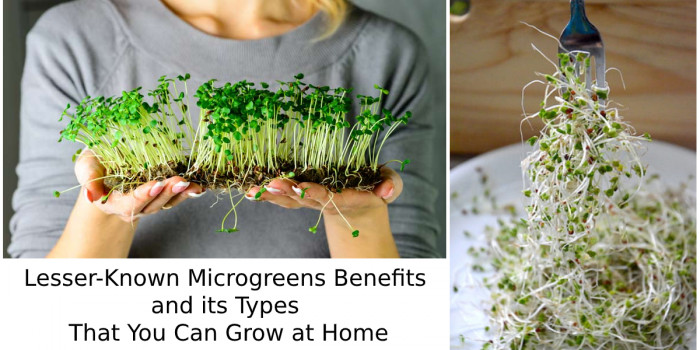
Microgreens might look tiny, but they are overloaded with nutrients and vitamins. They are more nutritional in tiny form when compared to matured form. They are perfect for every meal and have an intense flavor. Today, you can buy microgreens from several grocery stores and farmers’ markets.
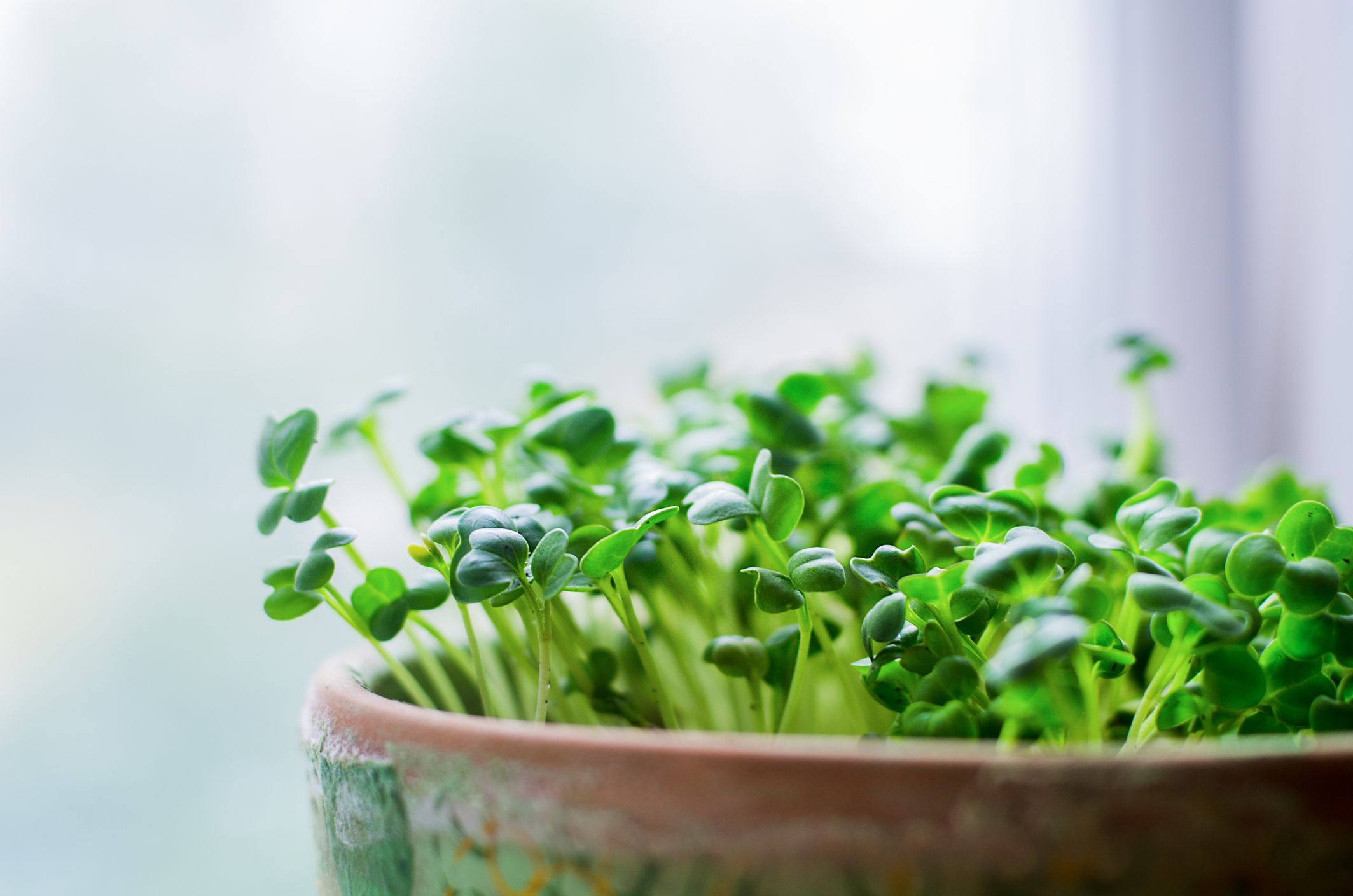
They are usually 1-3 inches tall and offer higher nutritional value. Microgreens are harvested 7-21 days after germination. They are convenient to grow and can be grown at different locations. These vegetables fall between sprouts and baby leaf vegetables.
It comes in a variety of textures and colors. Microgreens are baby plants and can be bought whole. Since microgreens are rich in nutrients, they are the first choice of experts.
Benefits of Growing & Having Microgreens
Consuming microgreens are linked to reducing the risk of several severe diseases.
1. Reduce the Risk of Heart Diseases
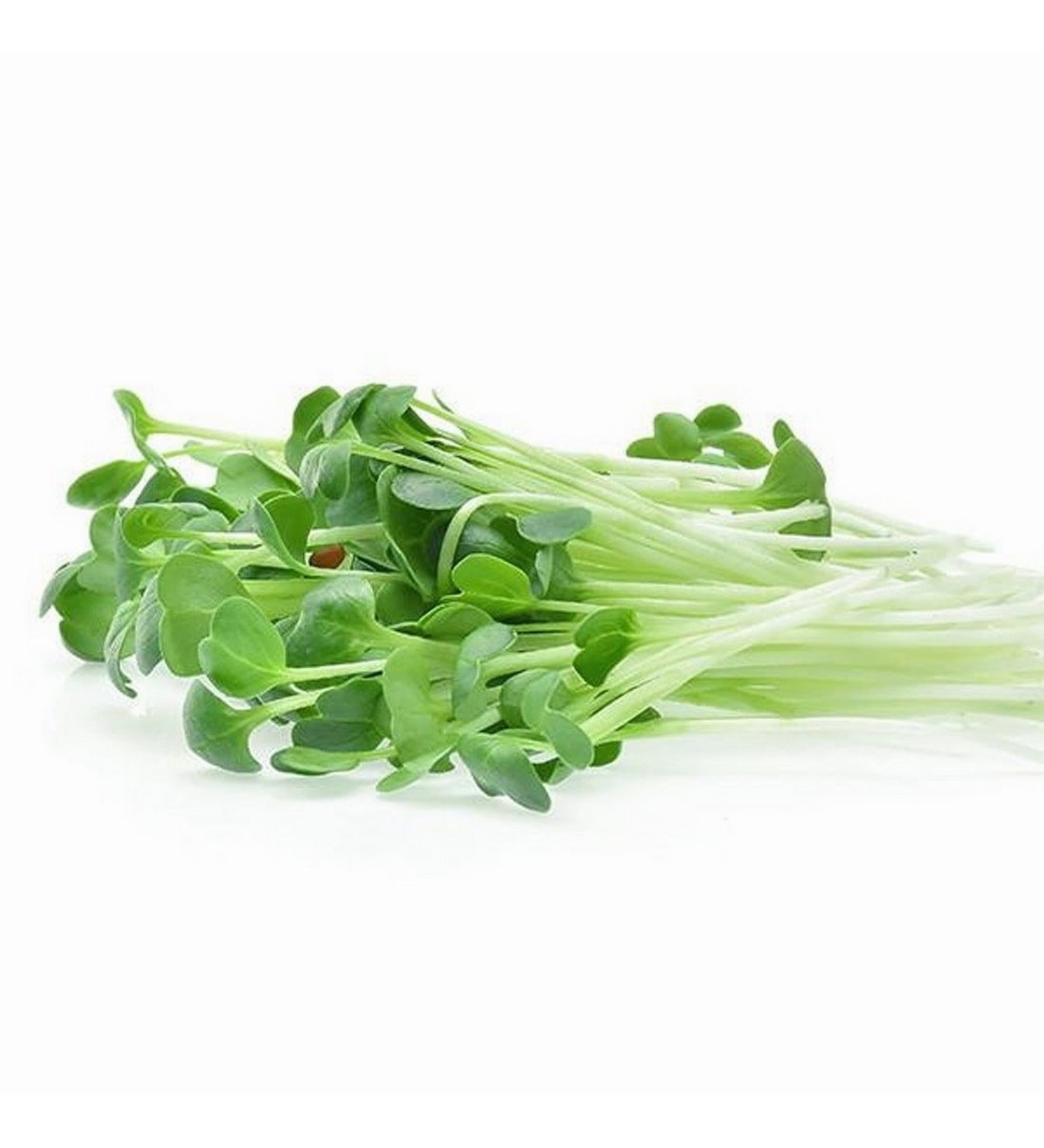
High blood pressure is one of the common factors of heart disease. Plant-based foods like microgreens help lower blood pressure. Studies show that it lowers triglyceride and improves bad cholesterol levels. Microgreens reduce weight by over 15% and lower cholesterol by 30%.
Add microgreens to your regular meal to see the difference in your health. Here are other ways that can help you in reducing weight overnight.
2. Fight Cancer
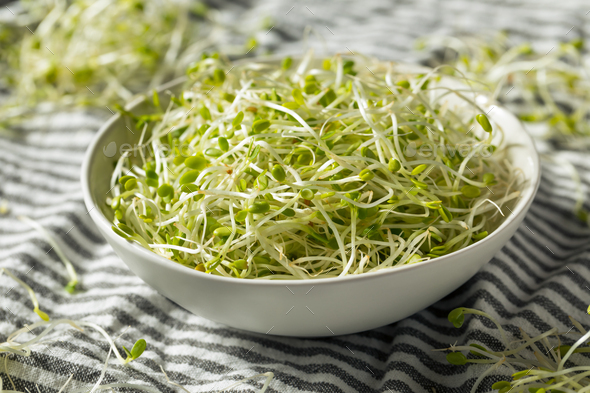
Microgreens have anti-cancer properties. They contain a compound named sulforaphane, which has the potential to target cancer stem cells. Polyphenol rich microgreens may have similar effects on the body.
Consuming microgreens reduces the risk of prostate and other types of cancer.
3. Boost Immune System
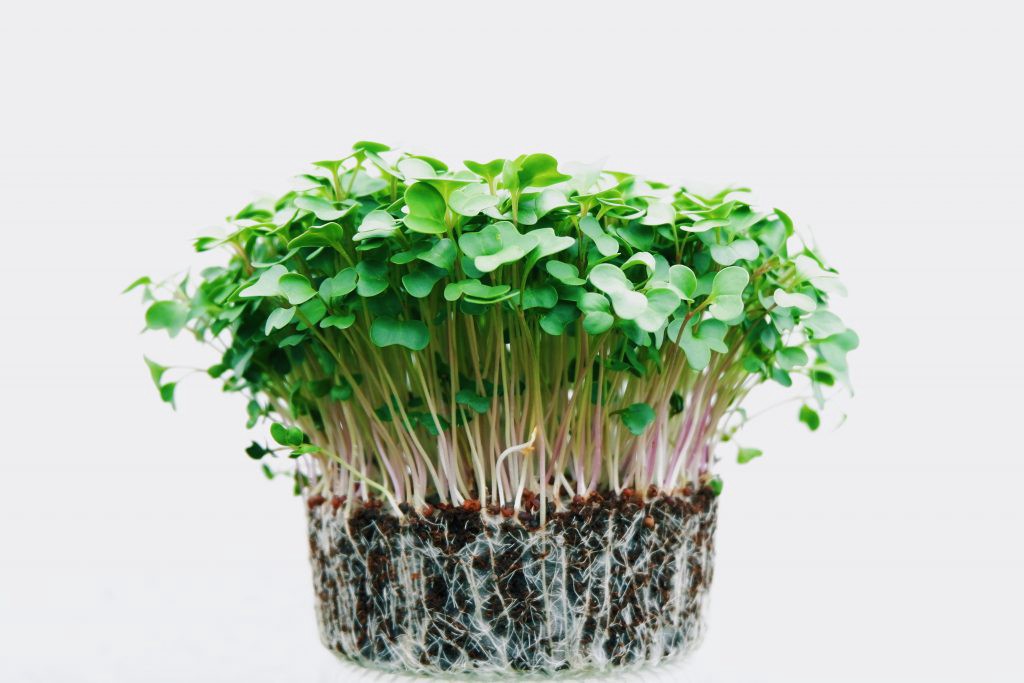
They contain vitamin C and antioxidants that boost the immune system. They protect cells against viruses and free radicals. Furthermore, they alleviate chronic inflammation and protect the brain from strokes.
Microgreens like parsley help with asthma and improve blood circulation. Chives contain compounds like allicin, which lower bad cholesterol.
4. Easy to Grow
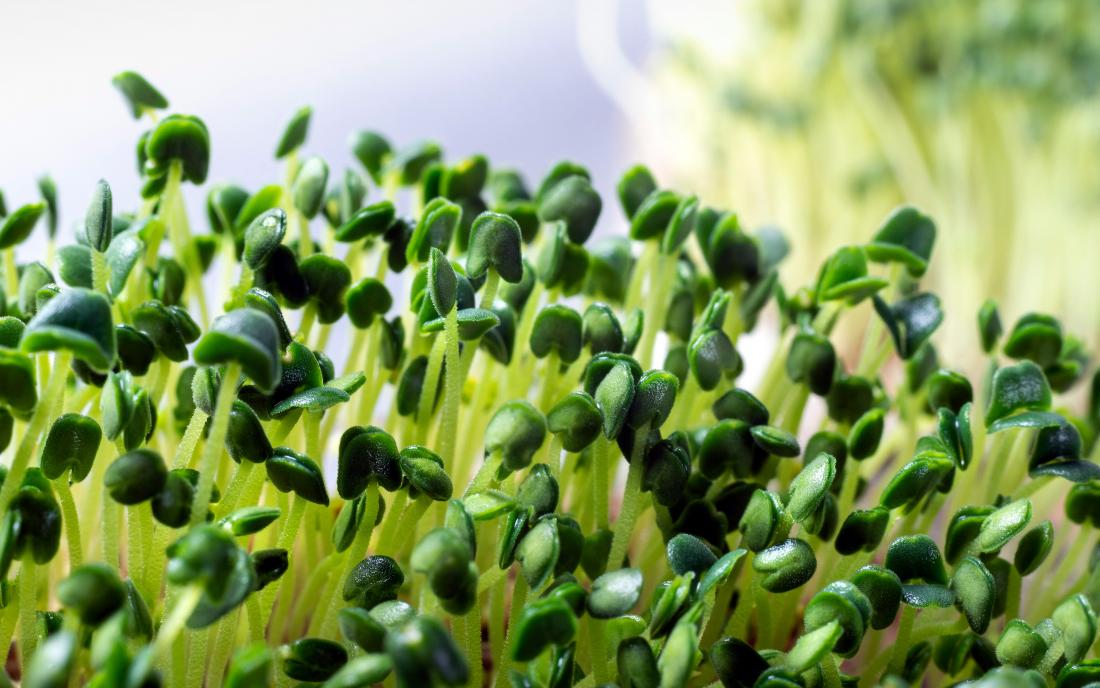
Growing microgreens is easy as compared to regular farming. You should expose them for a minimum of 10-12 hours of sunlight and sprinkle water till leaves appear. They can be grown at multiple locations like window sills and outdoors.
It is recommended to choose the cool or hot season and when an adequate amount of sunlight falls if you are growing microgreens at home. Different microgreens take different amounts of time to grow.
5. Take Less Time to Cook
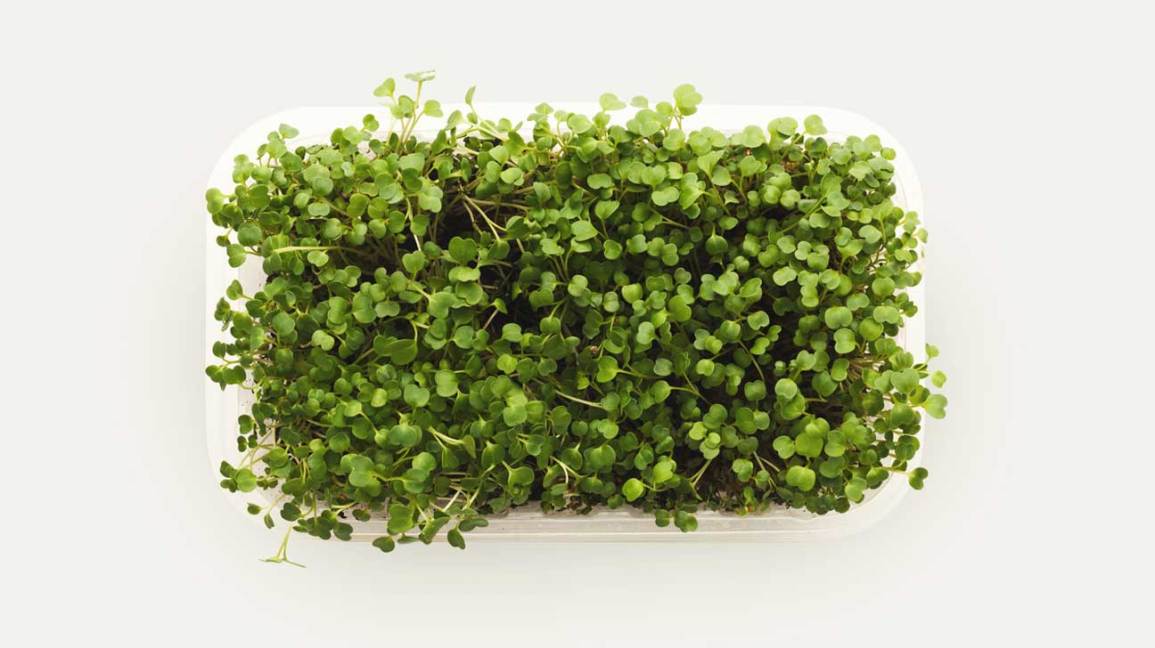
Unlike other vegetables, it is not necessary to cook microgreens. You can eat them fresh without cooking. Microgreens are easy to add in a regular meal plan and can be consumed in any form. Make smoothies, dip, or salads to improve health.
Types of Microgreens You Can Grow Indoors
If you want to grow microgreens at home, then here are common varieties of microgreens that you can plant outdoors or anywhere in the house.
1. Amaranth
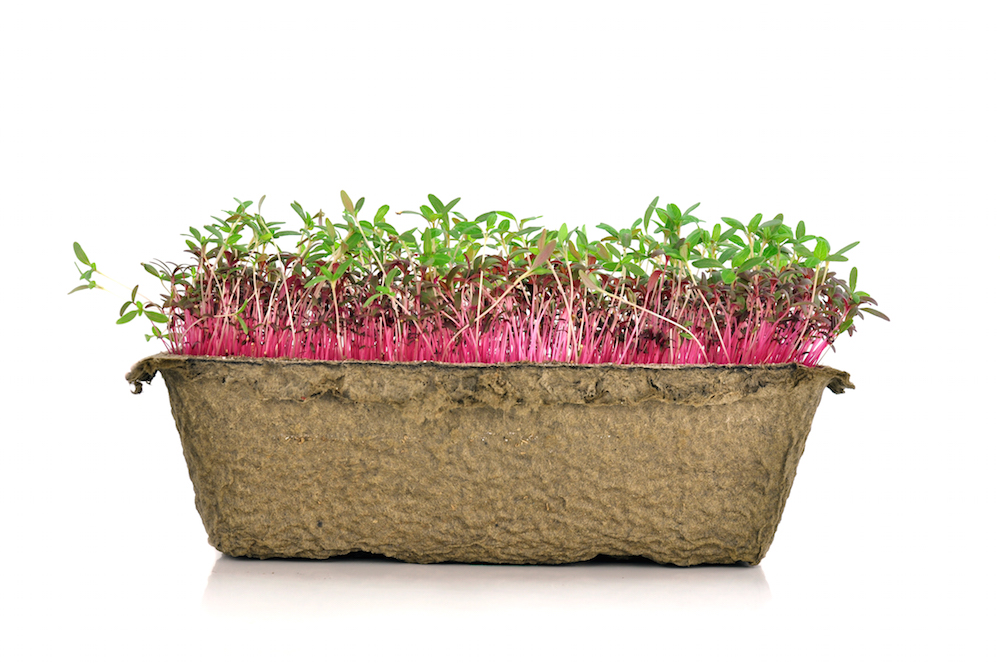
It is a perennial plant and grows around the world. This kind of microgreen is majorly consumed by pre-Columbian Aztecs. Amaranth seeds are also used in celebrations in unique festivals. It is similar to quinoa and packed with protein.
It is grown in Africa and sometimes used as a red dye. It is a good source of vitamin A, folate, and vitamin C. Amaranth contains a strong flavor but is less spicy.
2. Barley
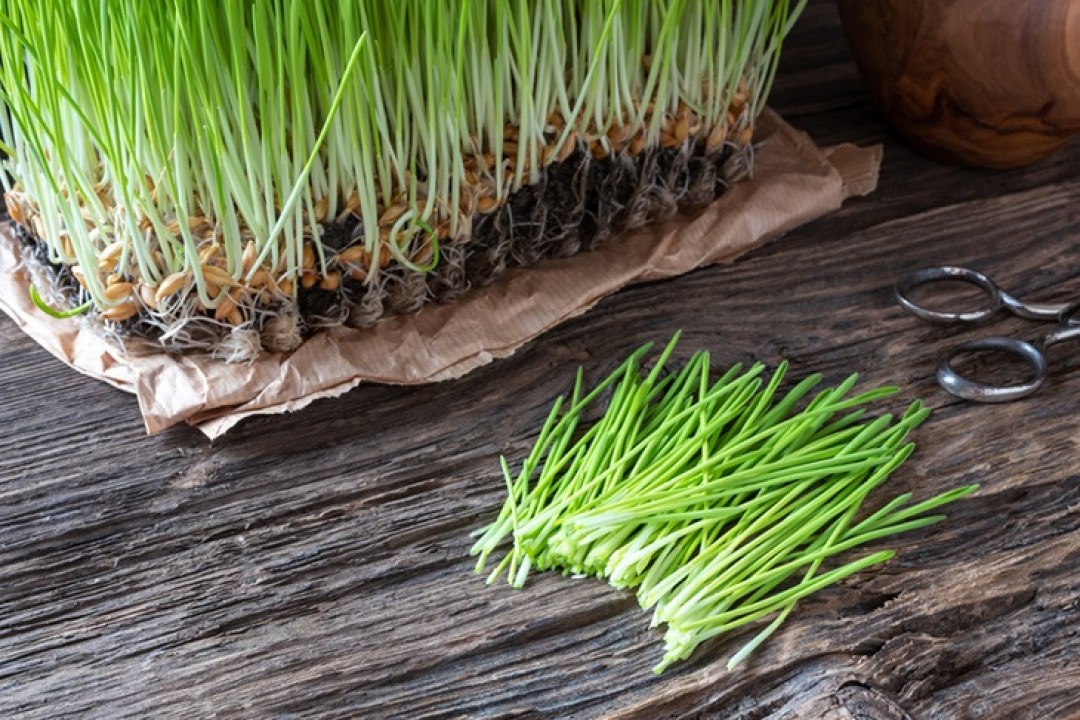
Barley microgreens are easy to grow and need 2-3 days to germinate. Barley is rich in beneficial nutrients and contains a good amount of magnesium, phosphorus, vitamin B1. It helps in losing weight and reduces hunger. It is rich in soluble fiber and improves insulin production.
3. Basil
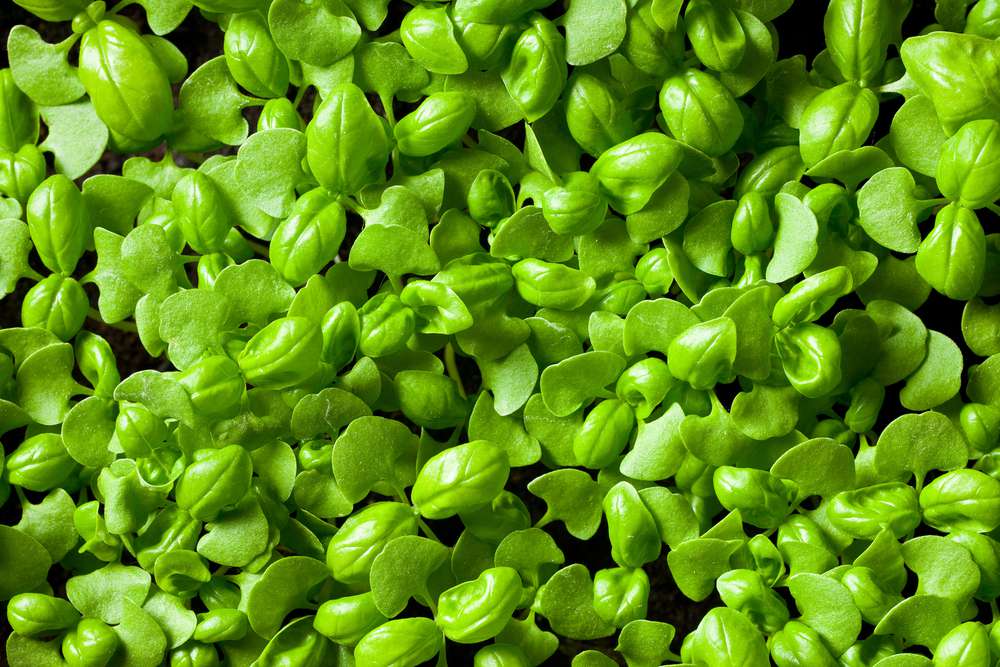
Basil might be difficult to grow microgreen but is extremely beneficial for health. It contains chemicals like citronellol and linalool, which reduces inflammation and bacterial infections. The calcium present in Basil keeps bones and teeth strong.
Furthermore, the zinc, protein, and magnesium balance your hormones to keep you healthy. Basil is a slow grower and has a bit more intense flavor than adult basil. Get high-quality basil seeds from the supplier if you want to grow basil at home. Keep monitoring it daily, and you will see it growing up to inches tall in 15 days.
4. Chives
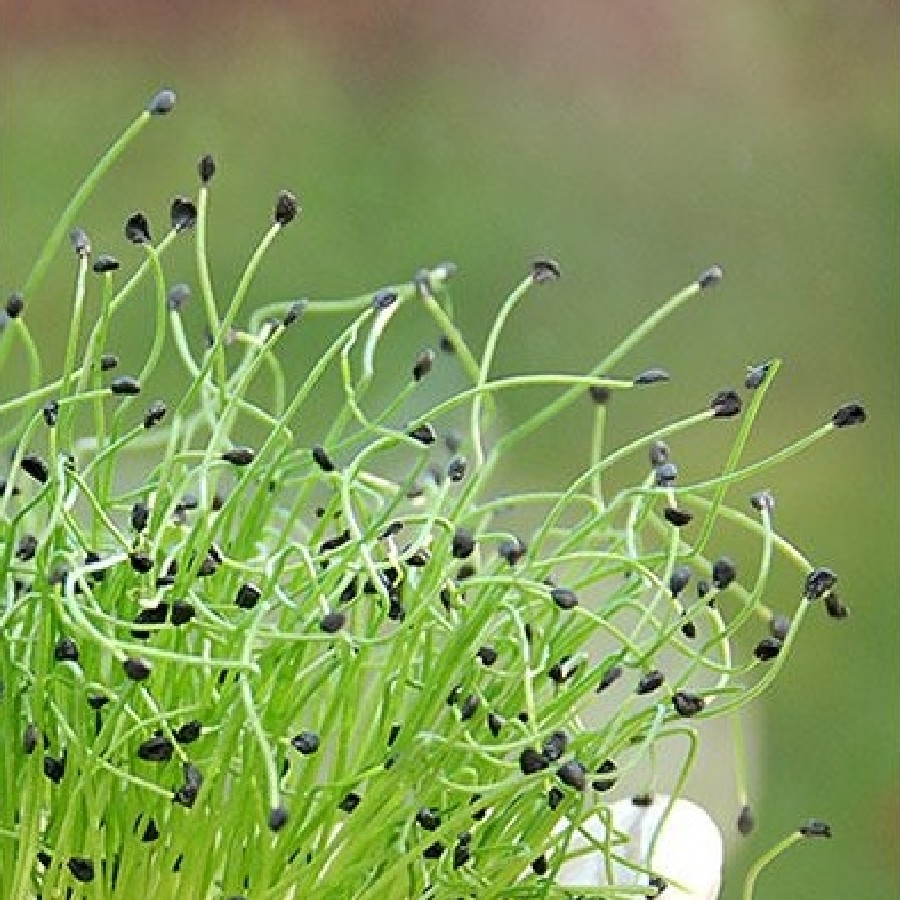
Chives are needle-like in shape, tubular, and measure 5-10 cm in length. It is fragile, flexible, and is available all year round. It contains calcium, potassium, zinc, phosphorus, and other essential vitamins and minerals. 1 tbsp chopped chives contain 1.74mg vitamin C and 2.76mg calcium.
Consuming chives reduces the risk of cancer and contains compounds like quercetin, flavonoids, and others known for anti-cancer properties. Eating Chives could benefit eyesight and prevent heart diseases.
5. Kale
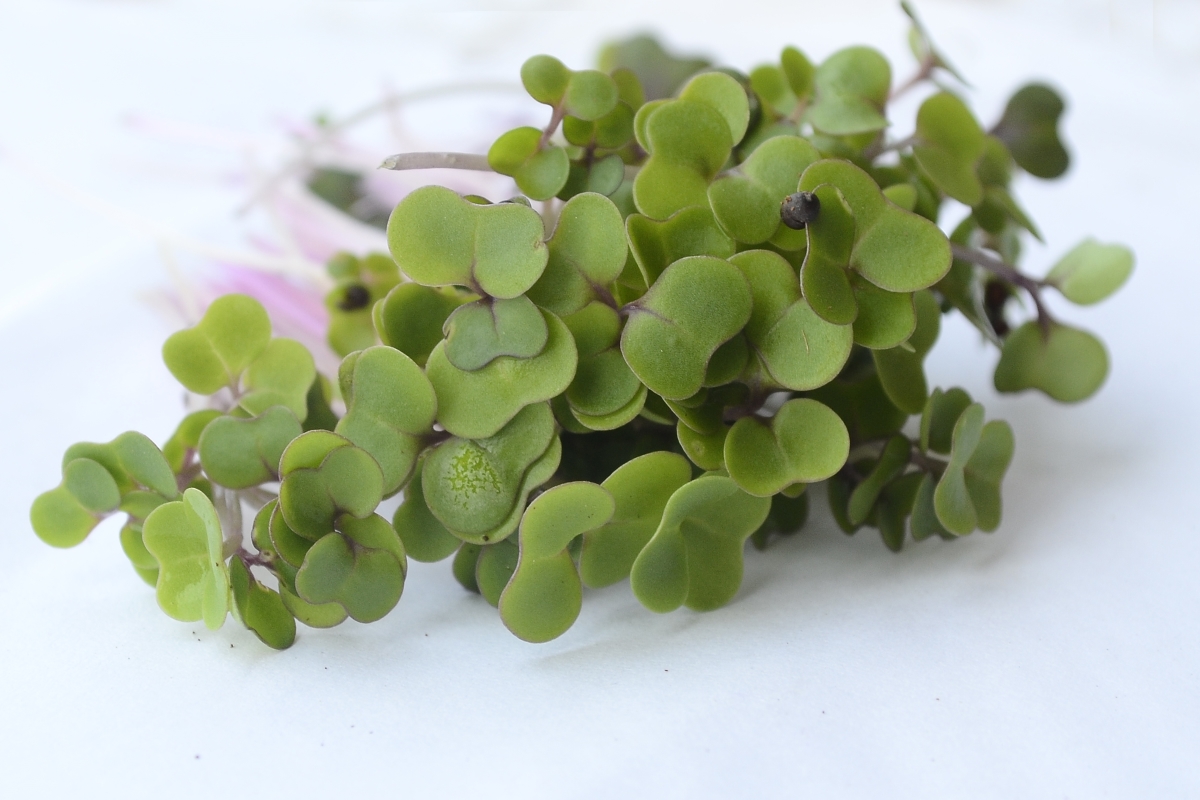
It is one of the leafy greens considered as a superfood. It offers several health benefits like lowered bad cholesterol and reduced risk of heart disease. A superfood microgreen also detoxifies the body and helps in losing weight.
Kales are loaded with antioxidants, flavonoids, and polyphenols. It is anti-depressant and anti-inflammatory. Studies show that those who consume Kale in their diet plan have a lower risk of eye disorders.
6. Marigold
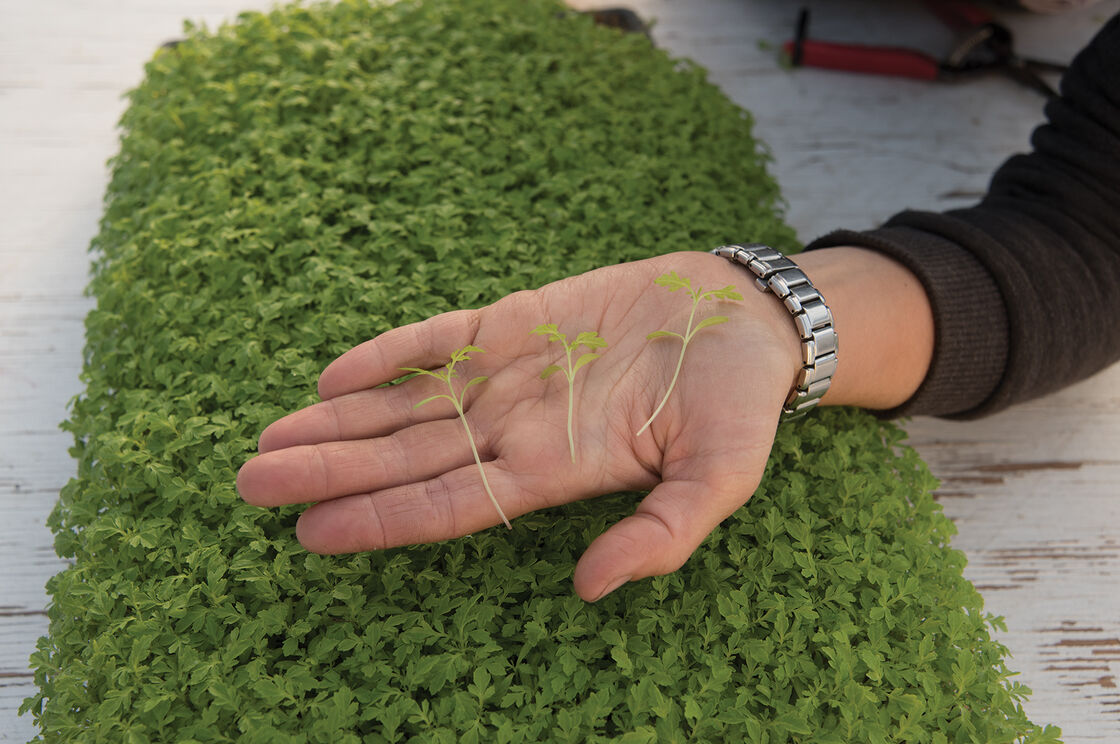
Marigold can be added to any drink. It is easy to grow and has shelf life ranging from 5-10 days if stored properly. It is recommended to remove base when you are adding in any dish to avoid bitterness.
Final Words
Microgreens can be consumed without any risk. However, if you are allergic to particular fruits and vegetables, then it is recommended to consult a doctor first. Also, note that microgreens have short lives, so use them as early as possible.
Do you know other health benefits of microgreens? Have you ever grown microgreens, which one is your favorite? Drop your comments below.
Popular Posts
10 Amazing Lessons You Should Learn From Mr Olympia Jeremy Buendia
Jeremy Buendia is an fitness inspiration for people from all over the world, there is a reason why he has been so successful at what he has been doing. Don’t look for the reasons take some lessons from the fitness sensation right here, that can change your lives.
Ethan Stephans
Why Are Pubic Hair Thicker Than Body Hair?
As children we always had several questions about our bodies, which were alien to us, this post is to serve a decade-long curiosity of young boys/girls about their pubic hair and its texture.
Augustus Perez
7 Sleeping Tips That Every Woman Should Follow During Pregnancy
Pregnancy is not easy. Pregnant women experience a lot of changes in their bodies, like increased stomach size, frequent urination, and sleeping discomfort.
Still Unfold








